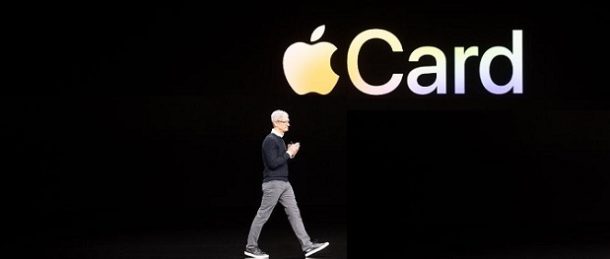
Forty-two percent of iPhone users are „extremely interested” in applying for Apple Card, according to a survey by Business Insider. Additionally, just below 15% of respondents show no interest at all, pointing to the product’s broad appeal ahead of its planned launch this summer.
Positive early consumer response indicates that the card could boost Apple’s standing in the consumer payments space. Apple Card’s ability to combine a luxury feel with accessible and affordable benefits could open up a niche for the firm, and other issuers should take note.
Respondents noted the card would make them more likely to pay with Apple Pay, confirming Business Insider initial suspicions that the card could give Apple’s mobile wallet a boost.
Nearly 8 in 10 customers would be more likely to pay with their phones if they had Apple Card. When Apple Card was announced earlier this week, we predicted that the card’s incentive structure — which offers higher rewards for mobile payments than for physical card transactions — and feature set would entice Apple Pay usage and make the wallet a more valuable utility to customers.
With half of respondents saying they’d be „much more likely” to pay with Apple Pay if they had Apple Card, it looks like it could be a powerful driver of mobile payments.
Three of the card’s features stand out among iPhone users — an indication of key features issuers should consider as they refresh their own benefits or try to compete with Apple. The card’s premium, luxury feel combined with its more accessible and affordable benefits could appeal to a wide cross-section of users and shed some light on what consumers currently value in a credit card.
Lack of fees
Thirty-one percent of respondents found the card’s lack of fees — including annual, late, and international fees — as its most compelling driver, surprisingly beating out rewards, which are typicallymost important to customers. Apple Card is one of the only entirely fee-free cards on the market, which could be driving up interest among younger or debt-averse customers who weren’t previously sure they could afford a credit card.
Tiered rewards
The firm’s cash-back structure came in second, with 23% of customers citing this as most attractive, though that’s boosted a bit by the 8% of customers interested in the card’s Daily Cash redemption structure. For Apple, it seems like rewards could be more useful in driving up Apple Pay usage than in bringing customers to the card.
Card design.
Eighteen percent of respondents said the firm’s titanium companion physical card is the biggest driver, reflecting users’ ongoing interest in card appearance, which has propelled cards like Chase Sapphire Reserve.
The card’s rewards could give Apple Pay a much-needed boost. Apple Pay, which has been stagnating in the US (it’s oldest and largest market), has been trying discounts, reminders, and other programs to convince users to change their well-established payment habits; this credit card could be the impetus that finally begins to bridge the gap between physical and digital payments.
For context, the card is Apple’s first proprietary card product and comes in partnership with Goldman Sachs and Mastercard. Apple Card is a fee-free, predominantly digital product housed in Apple’s Wallet app and offers tiered rewards, a robust set of personal finance features, and a physical companion card.
Banking 4.0 – „how was the experience for you”
„To be honest I think that Sinaia, your conference, is much better then Davos.”
Many more interesting quotes in the video below: